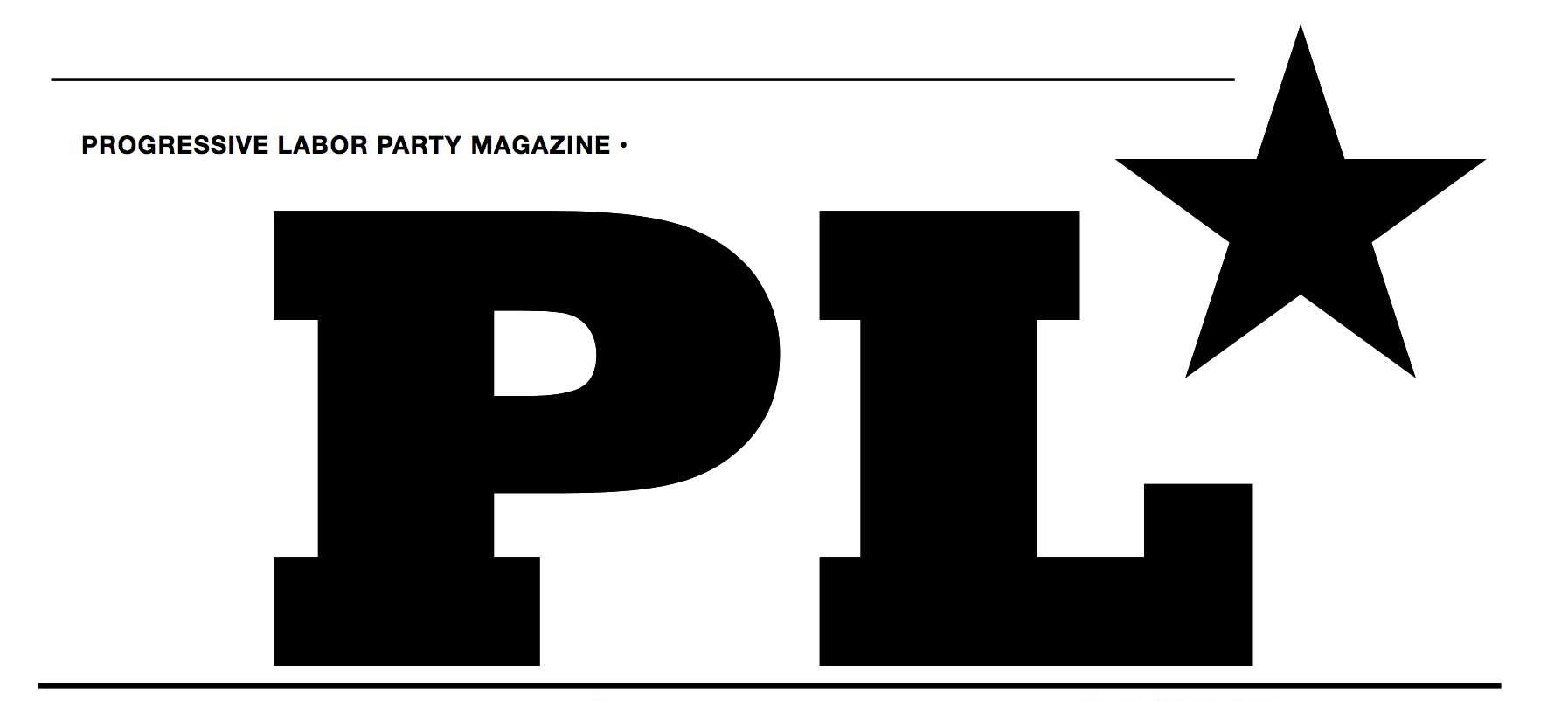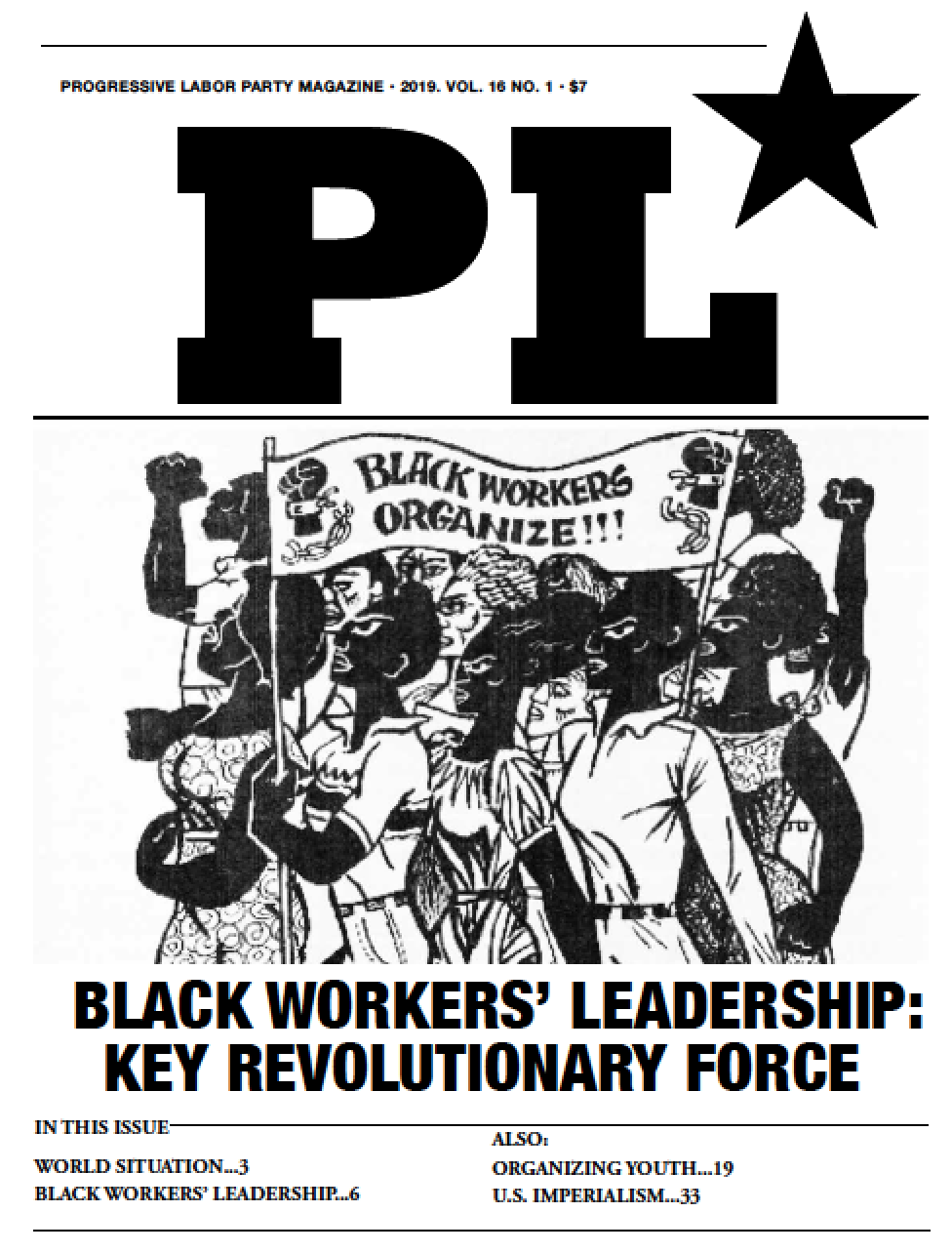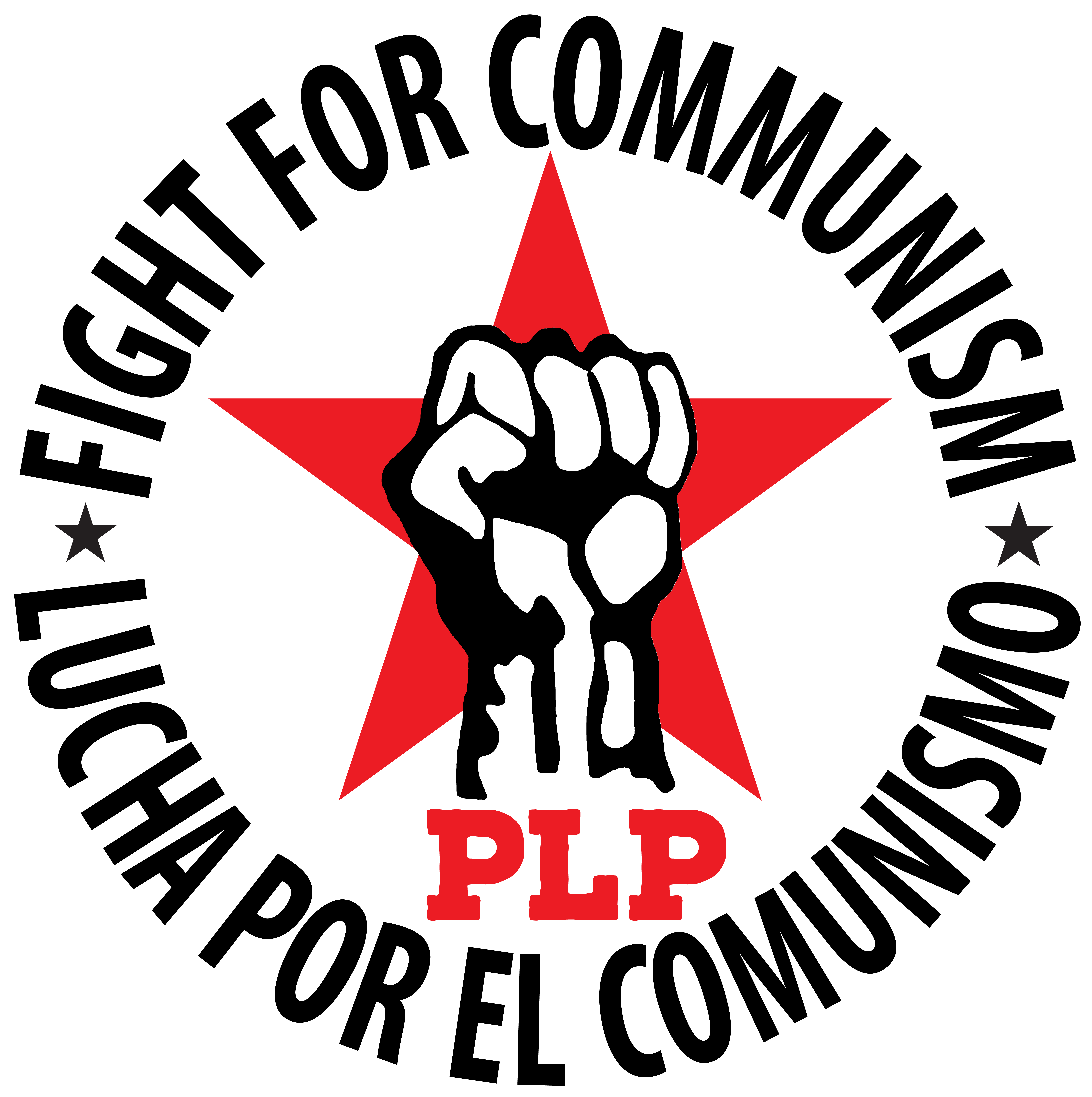Black & RED, Untold History part IV: THE HARLEM REBELLION
 Friday, June 30, 2017 at 1:41AM
Friday, June 30, 2017 at 1:41AM Ruling-class historians have segregated the fight against racism and the fight for an egalitarian system, communism. In reality, the two were connected like flesh and bone. Many antiracist struggles were led by, initiated by, or were fought with communists and communist-influenced organizations. Many Black fighters were also dedicated communists and pro-communists of their time.
In turn, the bosses have used anti-communism as a tool to terrorize and divide antiracist fightback. Regardless of communist affiliation, anyone who fought racism was at risk of being redbaited. Why? 1) The ruling class understands the natural relationship between antiracism and communism, and 2) Multiracial unity threatens the very racist system the bosses “work so hard” to maintain.
This series aims to reunite the history of communism with antiracism. Part I explored how the fight to free Scottsboro Boys was ignited by the International Labor Defense of the Communist Party. See Robin D.G. Kelley’s book Hammer and Hoe: Alabama Communists during the Great Depression to find out more.
Part II explored how the international communist movement was the imeptus of the civil rights movement. It excerpts from the Schomburg Center for Research in Black Culture in the essay, “The Civil Rights Movement” by researcher Davarian L. Baldwin at Trinity College. Part III covered the class contradictions of Martin Luther King, Jr., influenced by the Communist Party.
Part IV takes a look at the Harlem Rebellion and its communist influence.
The Harlem Rebellion of 1964 shook the United States bosses and resonated around the world as the struggle against racism expanded from the fight against Jim Crow in the South to the cities of the North. Once again the communist movement helped lead and was deeply influenced by the fight against racism in the U.S.
The rebellion, sparked by the police killing a young Black man in cold blood, occurred at a moment when the working class around the world was rising up, led by the communist movement centered around the Chinese Communist Party. The fledgling Progressive Labor Movement born out of the rise of the working class in China, was also shaped by the Harlem Rebellion.
In July 1964, 15 year-old James Powell was playing with friends on the sidewalk across from his school in the white neighborhood of Yorkville, when a building superintendent sprayed them down with a hose and unleashed a series of racial epithets at the Black children. The school kids ran at the super to get him to stop, and a cop, Thomas Gilligan, watching from across the street came at the group and shot James Powell in front of numerous witnesses.
Immediately about 300 Black students from the school rallied at the site of the murder and confronted the police on the scene demanding Gilligan’s arrest and inspiring the rebellion.
It began outside the walls of a Harlem police station, days after Lt. Thomas Gilligan, a white, off-duty police officer, shot and killed a 15-year-old African-American student named James Powell on July 16. Two days of peaceful protests ensued. But on the third day, a crowd surrounded the police precinct, calling for Gilligan’s arrest, and was met with swinging clubs of the New York Police Department, under a rainfall of glass bottles and garbage can lids thrown by residents from rooftops above. Gunfire broke out after police pushed thousands of demonstrators back a few blocks toward the corner of 125th Street and Lenox Avenue” (New York’s ‘Night Of Birmingham Horror’ Sparked A Summer Of Riots, WNYC 7/18/14).
The rebellion started only weeks after the U.S. had passed the 1964 Civil Rights Act which was Lyndon Johnson’s response to the growing Civil Rights Movement in the South. That movement and the world-wide movement led by the Chinese Communist Party (CCP) was politicizing the working class. The working class in China, had been victimized by the brutality of British, Japanese and U.S. imperialism. The history of imperialism was inseparable from the racist theories of the British ruling class. The victory of the working class in China inspired workers all over the world to rise up against imperialism and sharpened the struggle against racism. In Vietnam, the working class was in the process of defeating the largest imperialist power the world had ever seen, the war machine of the U.S. bosses. In the U.S., even as legal segregation and racism was being brought down in the South, Black workers in the North were taking on the imbedded racism of liberal capitalism.
The overwhelming majority of black New Yorkers saw their quality of life decline, whether it’s school segregation, housing segregation, unemployment, earnings… [in the] period between the end of World War II and the 1964 riot… “This was Northern racism, which was quite different from Southern racism, in that Northern racism was covert,” says Joseph Boskin, history professor emeritus at Boston University.
Boskin, who conducted interviews in Harlem after the [rebellion], says the unmet expectations of Black Americans in the North were starting to push some of them toward more militant routes for change, despite a national narrative of what seemed to be progress in the country’s laws” (New York’s ‘Night Of Birmingham Horror’ Sparked A Summer Of Riots, WNYC 7/18/14).
The Progressive Labor Movement, the young forerunner to PLP, grew out of the rebellion and played a leading role at the same time. PLM produced a poster, ‘Wanted for Murder - Gilligan the Cop” that became the banner of the struggle carried by thousands of people in the streets. The PLM organized marches and rallies even after the NYC bosses tried to ban all political activity.
The ruling class in New York, who thought of themselves as the “decent” bosses compared to the Jim Crow Southern capitalists, were caught off-guard by the anger of Black workers in Harlem who suffered under extreme inequality.
The Harlem median family income was $3,995 compared to …$6,100 [for NYC], that unemployment in Harlem was 300% higher than in the rest of the city, that sub-standard housing was 49% while in the rest of NYC it was 15%, that infant mortality was 45.3 per 1000 births but only 26.3 in the rest of the city…Life magazine lamented that “the only force that had the guts to give political direction to the spontaneous rebellion was PL.” (Progressive Labor, Vol. 10, No. 1, August-September 1975)
The Harlem Rebellion exposed racism as part of capitalism, even in U.S.’s most liberal center, NYC. After Harlem, within weeks, rebellions broke out in Rochester, Jersey City, Chicago and Philadelphia and over the next few years there were major rebellions in Watts (1965), Newark (1967) and Detroit (1967). Then in 1968, after Martin Luther King was assassinated, rebellions broke out in cities across the country and workers and students around the world, most notably in France and Chicago shook capitalism.
The ruling class has tried to write off the rebellions by calling them riots and dismissing the contribution and courage of the tens of thousands of Black workers who were part of the movement. But even now, 50 years later, the truth of the Harlem Rebellion has not been erased.
Part of the problem is that in the North, many of the laws were not openly discriminatory,…It made it harder to seize the moral high ground and argue that nonviolent civil disobedience was justified.
So, growing frustrations found an outlet on the streets, according to Billy Mitchell, historian of Harlem’s Apollo Theater.
“It wasn’t just people just wildin’ out, you know, and just going crazy. They understood what they were doing,”…
Looking back, Mitchell says he doesn’t completely condone the violent response. But he says it was necessary.
“Sometimes you have got to really do something extraordinary or uncommon to get the attention of people,” he adds.
(In the Heat of the Summer: The Harlem Riot of 1964 and the Road to America’s Prison Crisis).
The U.S. ruling class responded to the mass demonstrations and anti-imperialist movements with both terror and political crumbs. Police and soldiers fired on and killed civil rights demonstrators and students fighting racism and war in Orangeburg, SC, Jackson State, MS and Kent State, OH (see CHALLENGE, 6/28).
Combined with the brutal attacks, the ruling class enacted a series of reforms in cities with concentrations of Black workers. Lyndon Johnson launched the War on Poverty funneling millions of dollars to create community programs. The Democratic Party and northern capitalists spent millions getting Black mayors elected across the country.
The FBI revved up its Cointelpro Program. A covert operation to target PLP and other groups to try to destroy the anti-imperialist movement. Leaders of PLP were arrested and some were convicted and jailed, others harassed and fired. Through those struggles and in the years since we’ve tried to keep up the fight against racism and build an integrated organization.
Black workers who have borne the brunt of racism and led the fight against it must be in the leadership of any working-class struggle and movement for communism. There will be no forward progress for the working class without the leadership of Black workers and a massive struggle against racism.





 Progressive Labor Party (PLP) fights to destroy capitalism and the dictatorship of the capitalist class. We organize workers, soldiers and youth into a revolutionary movement for communism.
Progressive Labor Party (PLP) fights to destroy capitalism and the dictatorship of the capitalist class. We organize workers, soldiers and youth into a revolutionary movement for communism.




Reader Comments